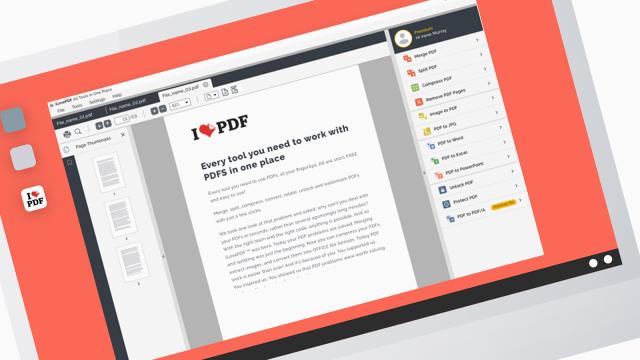The Portable Document Format, or PDF, has been with us since 1993. It was created as a way of sharing page layouts — fonts, colours, and graphics — that would look the same on any computer system, no matter what software was installed or what operating system was running.
A lot has changed in the last 27 years, but PDFs remain hugely useful for all kinds of purposes: putting together team reports, distributing your résumé, making flyers for your next bake sale. Here’s everything you need to know to master the art of PDFing.
Creating PDFs
Creating a PDF is easier than you might think; you can create a PDF out of almost anything that’s digital. Many software applications (including Office and Photoshop) will let you produce PDFs right from the save menu, but if the program you’re using doesn’t offer that option, you can use the print feature in either Windows or macOS. If you can print it, you can turn it into a PDF.
In any Windows print dialog, just choose Save as PDF from the printer drop-down list and then pick your folder location and filename. It’s similar on macOS: Choose PDF then Save as PDF in the printer dialog (it’ll work even if you don’t have any real printers installed). This is a great way of turning websites into PDFs, for example.
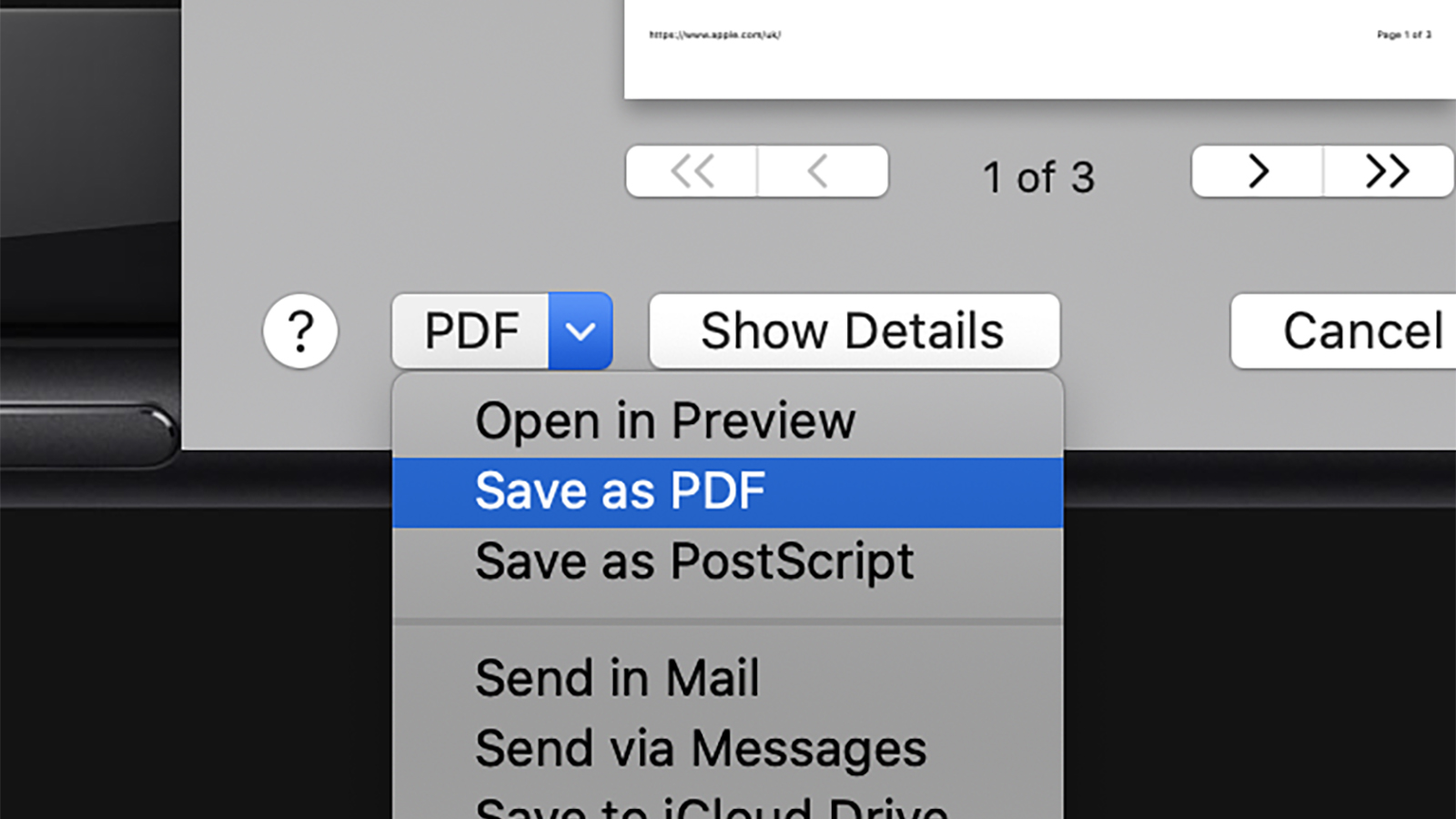
A growing number of apps will let you use your phone’s camera to scan digital documents as PDFs. Google Drive does it (though only on Android, unfortunately), as does Dropbox, and dedicated apps like CamScanner do it, too — you just point your phone at a document, and it converts it in seconds You can then upload the results to the cloud or save them to your phone. Adobe Scan is another option, and it works with images already on your phone or tablet, too.
When it comes to storing PDFs, you’ll find that services like Google Drive and Dropbox (with premium plans) can search through PDF text for you. If you’re searching for something in your cloud storage, text inside PDFs will be included by default on these platforms.
The print trick we mentioned for WIndows and macOS works on Android and iOS devices as well. Not every Android app has a print option, but on those that do (including Chrome for Android), you’ll see Save as PDF listed as one of the printer options. You can then choose where on your device you’d like to save it, and give it a filename.
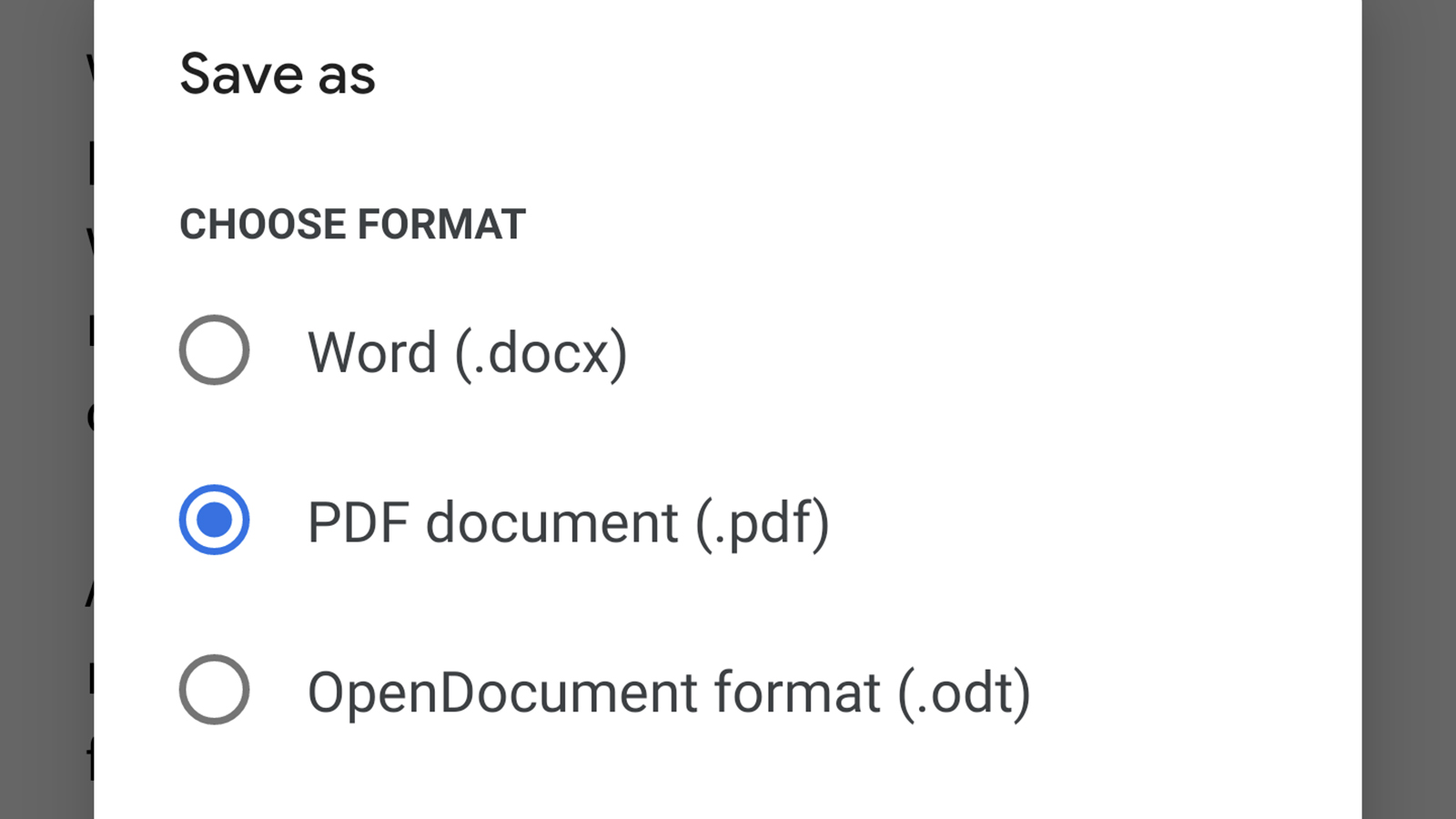
It’s a little bit more complicated on iOS: First you need to find the Share button in your apps (the arrow and the box symbol), then tap that and choose Share to and Print. Next, on the preview screen that follows, you need to pinch out with two fingers to create the PDF on a new screen, then tap Share again to save the file.
You’ll often find PDF export options in apps where it makes sense, like the mobile versions of Google Docs (the Share & export menu), Apple Pages (the Export menu), and Microsoft Word (the Export menu). For Google Photos and Apple Photos, you can use the print method that we’ve already outlined above.
Modifying PDFs
You may want to combine or split up PDFs, and you’ve got a choice of tools for the job. There’s the professional-level Adobe Acrobat, which will set you back $19 a month, but a number of free web apps have sprung up in this field. While the quality can be a bit hit or miss, there are a few hits to pick from.
EasePDF is one of the most comprehensive online PDF-editing portals out there: It can merge, split, compress, and convert PDFs in seconds, handling everything from rotating pages to converting PDFs to HTML with aplomb. It’s slick and free to use, and should be able to cover almost everything you want to do with your documents.
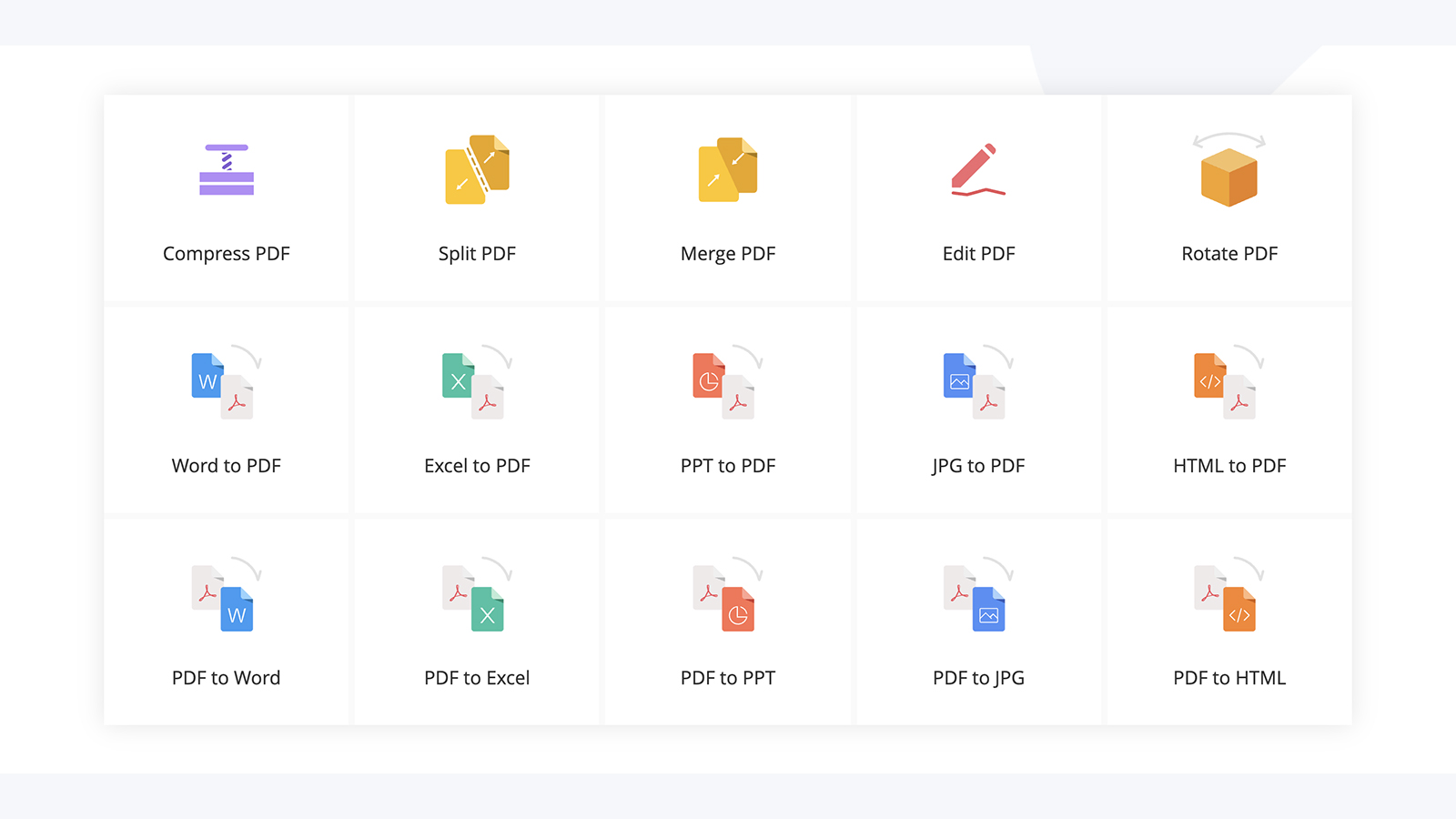
ILovePDF is another of the best options we’ve found on the web. With a minimum of fuss it will convert your PDFs between various formats (including Office files and images), split or merge your PDFs, and even add password protection or watermarks. You can send it URLs to convert into PDFs, and it also lets you rearrange the page order in an existing PDF.
Meanwhile, PDFCandy does a great job of extracting text from PDFs. Point it towards the document you want to process, and after a few minutes, you get a plain text file out the other end. Like the other free tools here, it doesn’t always work perfectly, but on the whole it’s very accurate — and did we mention it’s free?
We’ve also been impressed by Sejda, which has a limited free tier that should be enough for most users. Again, you have plenty of options, but it’s particularly good for editing the text in PDFs, adding annotations on top, or dropping in new images. If you need to edit documents more than 50MB in size or over 200 pages, that’s when you need to upgrade to a paid plan.
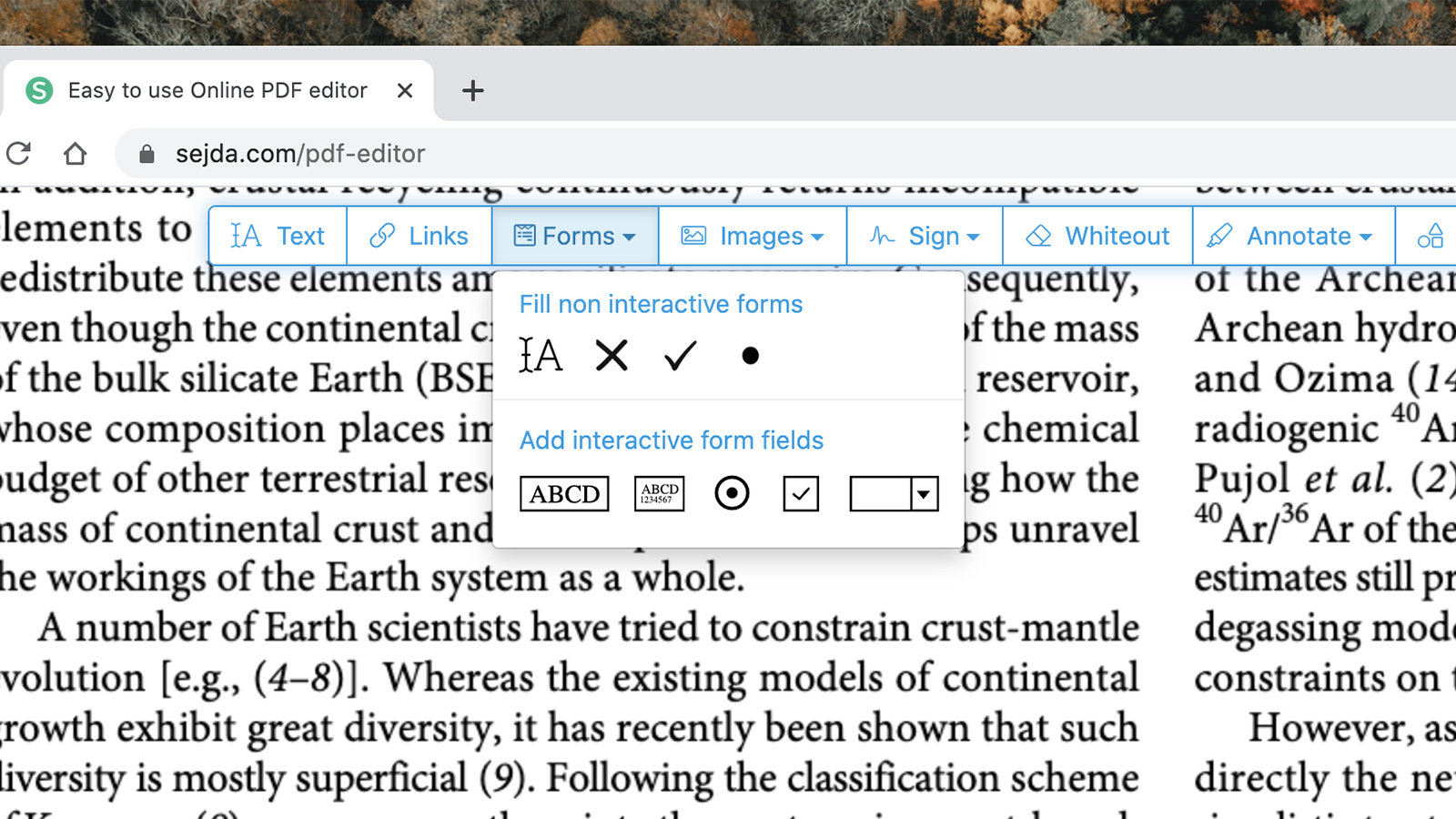
If you need to translate PDFs, Google Translate can work with PDF files and translate them directly for you. Just click Documents to point it toward the file in question. Like anything that you do with Google Translate, it’s not always perfect, but it’s getting better and smarter all the time.
Of course, there are plenty of premium desktop applications around (including Adobe Acrobat, NitroPro, and PhantomPDF), should you and your business need some serious PDF processing power, but the free web tools we’re mentioned here are likely to have what the majority of people are looking for.
